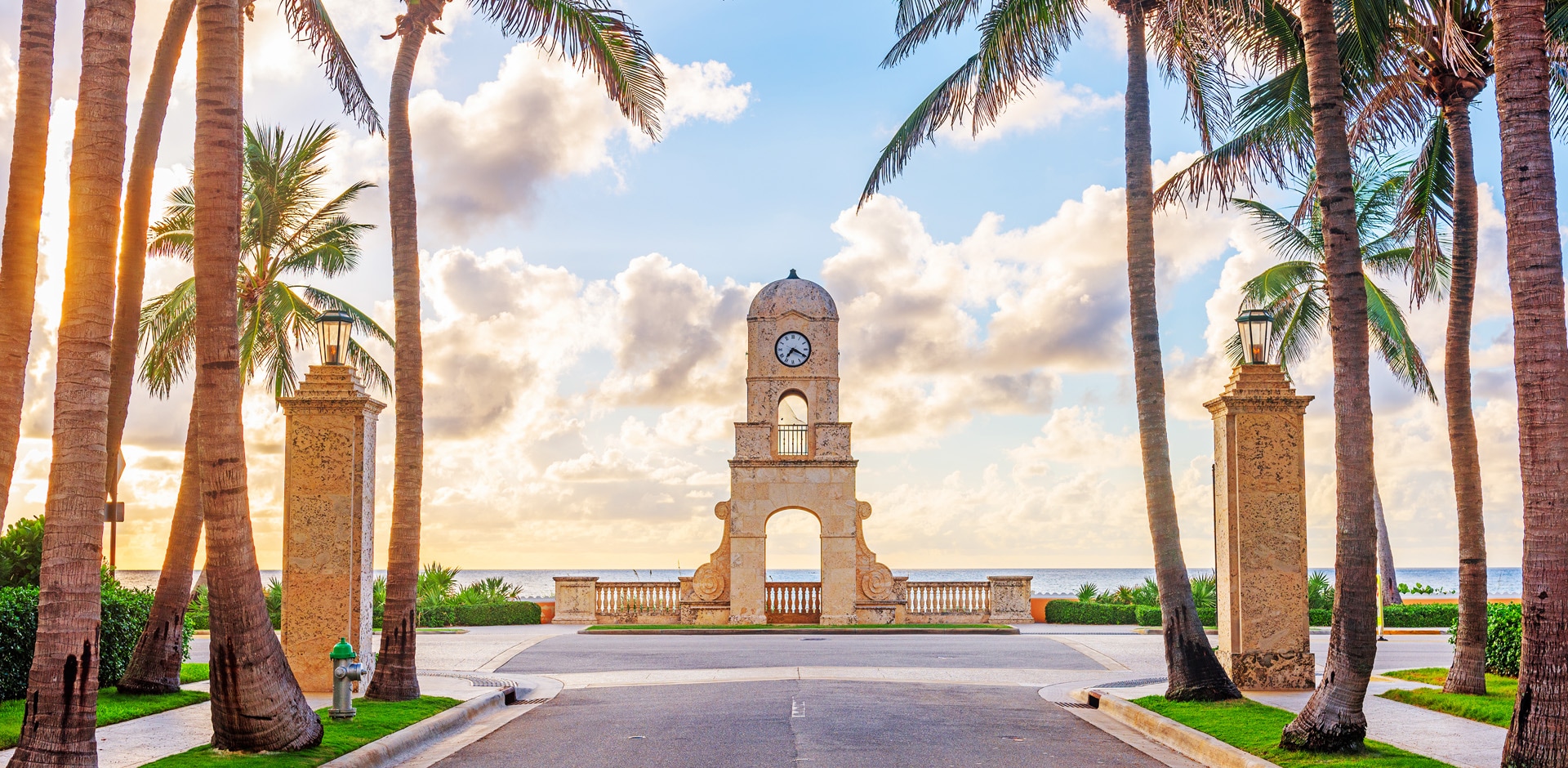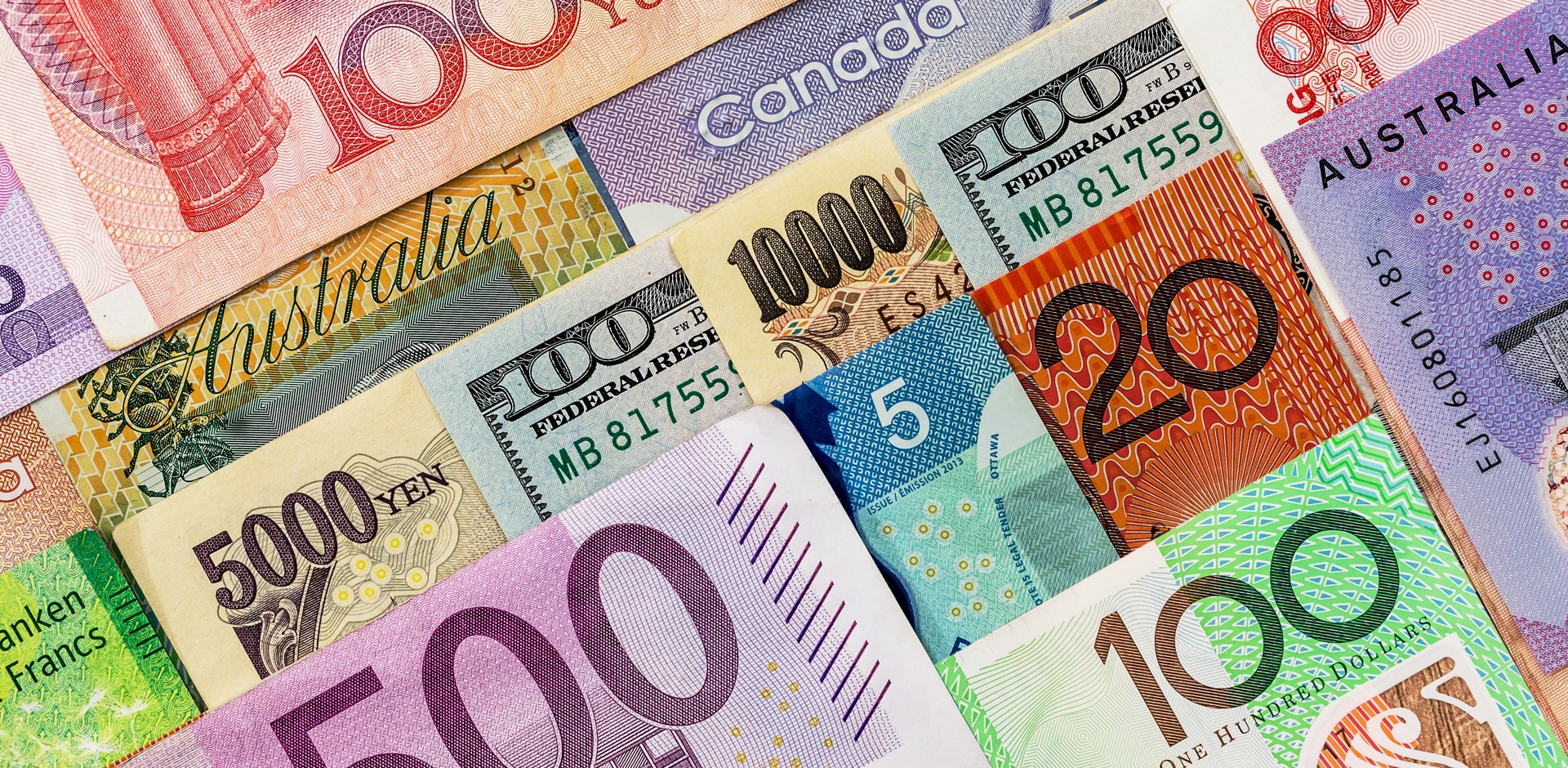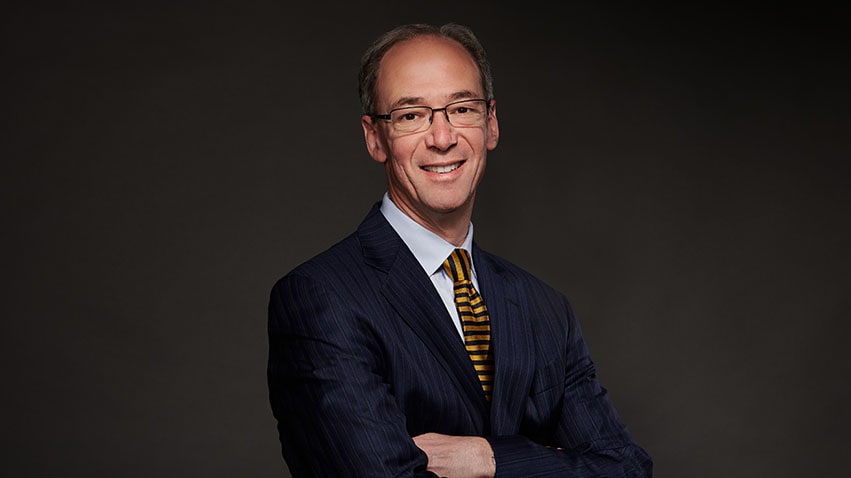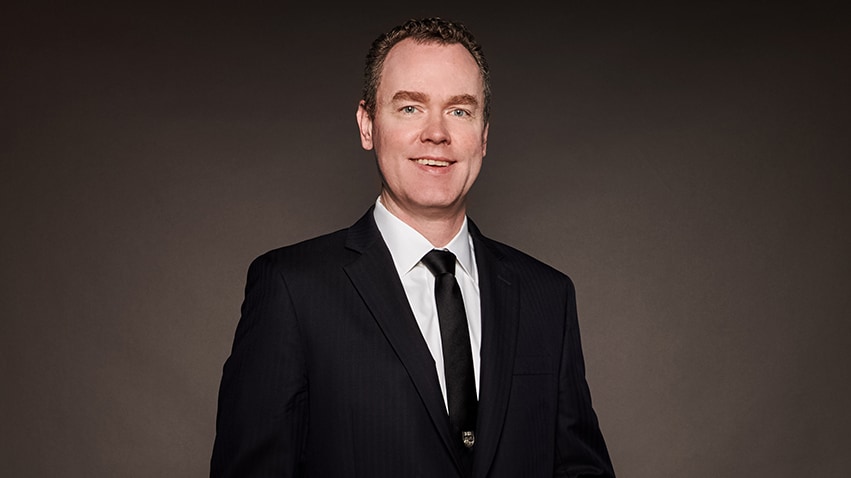By Carl Tannenbaum
Editor’s note: one of the suggestions we received during our annual reader’s survey was to periodically feature market color. To respond, following is an interview with Brian Liebovich, Global Chief Dealer for Northern Trust’s foreign exchange desk. Brian has been following currencies for more than thirty years, and manages a global team of 18 people.
What themes have you observed in foreign exchange markets during the first quarter?
The narrative has changed since President Trump’s inauguration. The threat of a trade war has raised concerns that U.S. exceptionalism is coming to an end. The fear is driving capital flows out of the U.S. into other developed and emerging markets (EM). The more that markets expect the Federal Reserve to cut interest rates aggressively, the more EMs benefit from capital flows.
Europe's greater urgency in boosting its defense spending, along with Germany’s large fiscal stimulus, have created optimism around the bloc’s growth prospects, leading to repricing of the European Central Bank rate path. These forces have been the main catalyst for the reversal in the “Trump trade” and the weakening of the U.S. dollar.
Do you think the dollar is in any jeopardy of losing reserve currency status?
No, but I understand why you’re asking. A global de-dollarization campaign has grown over the past decade as countries press forward with plans to reduce the dollar’s role in the global economy. The BRICS 2024 summit comes to mind as the most recent push to reduce reliance on the greenback. But they haven’t made much progress. According to the Bank for International Settlements, the U.S. dollar is involved in about 88% of all foreign exchange trades, followed by the euro at 31%, the yen 17%, sterling 13% and renminbi (RMB) at just 7%.
None of those currencies are positioned to overtake the dollar. Europe’s fiscal and political shocks have worked against the euro. Japan’s low growth, low inflation and unfavorable demographics makes the yen a much weaker candidate. China is trying to push for increased international acceptance of the RMB. However, without further liberalization of the economy and removal of stringent capital controls, this will remain a distant dream. At most, the world’s central banks will likely push for further diversification of their reserves.






